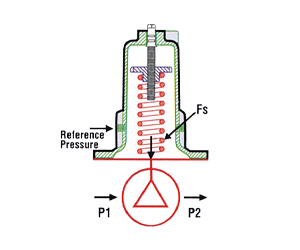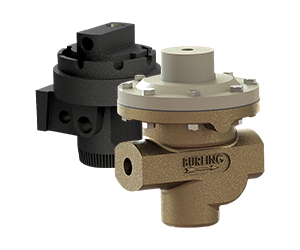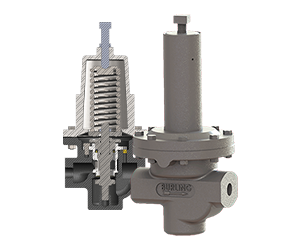Pressure Reducing Regulators
Pressure reducing regulators accept an inlet pressure (P1) and reduce this inlet pressure to a specific output (P2) pressure. These regulators can be configured to control the pressure of various gases and liquids accurately and repeatably. From self-venting general purpose regulators to specialty regulators for sensitive or high pressure (5000+ psi) applications, we have a product to meet your needs.
Have a robust industrial application? Our Burling Valve line ranges in sizes from 1/2″ – 4″ bodies and 6″ or 8″ flange mount. These pressure reducing regulators are available in spring-loaded, dome-loaded and differential models, including a mechanically piloted dome-loaded version.



